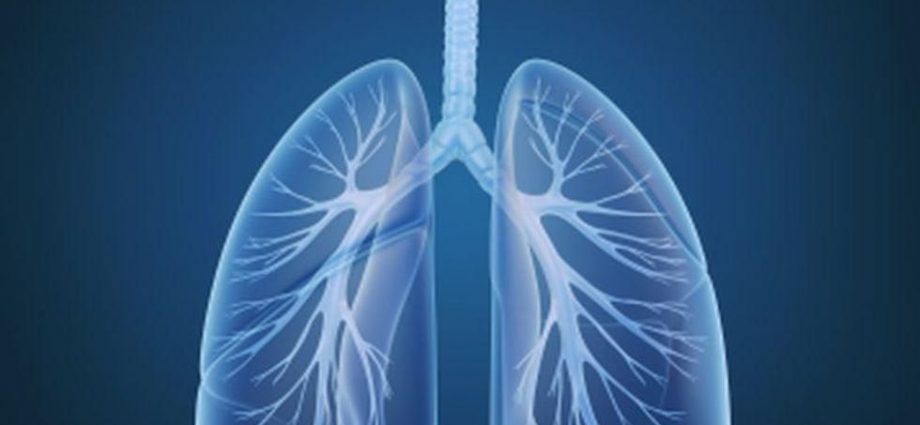WEDNESDAY, Jan. 12, 2022 (HealthDay News) — A new report offers hope on the lung cancer front: Patients are being diagnosed at an earlier stage in their disease and living longer due to better access to care, higher screening rates and improved treatments.
And that is driving overall cancer rates down, researchers discovered.
Still, lung cancer remains the leading cause of cancer death in the country, according to the annual Cancer Statistics report conducted by the American Cancer Society and released Wednesday.
“We are pleased to see a continuous significant reduction in mortality in cancer overall, resulting from increased awareness, data-driven prevention strategies, and improvements in early detection and treatments,” CEO Karen Knudsen said in an American Cancer Society news release.
In 2018, 28% of lung cancers were detected at a localized stage, compared with 17% in 2004. Nearly one-third (31%) of lung patients now survive three years past diagnosis, compared to 21% a decade ago.
But lung cancer still causes 350 deaths a day — more than breast, prostate and pancreatic cancers combined — and is responsible for the most cancer deaths by far, according to the report.
Smoking is associated with 80% of lung cancer deaths, but there will be an estimated 20,700 deaths from lung cancer in 2022 that aren’t linked with smoking.
Sharp drops in lung cancer deaths fueled greater declines in overall U.S. cancer deaths from decreases of about 1% a year in the late 1990s to 1.5% a year during the 2000s and 2% a year from 2015 through 2019, the report found.
The five-year survival rate for all cancers combined has increased from 49% in the mid-1970s to 68%.
In 2022, the United States will have an estimated 1.9 million new cancer diagnoses and more than 609,000 cancer deaths. The lifetime probability of being diagnosed with invasive cancer is 40.2% for men and 38.5% for women.
Along with the positive findings, the report noted a number of areas of concern. For example, cervical cancer is almost completely preventable, but more than 10 U.S. women die from the disease every day, and half of them are in their 50s or younger.
“Despite an accelerating drop in cancer mortality overall, including exciting recent advances against lung cancer, it’s frustrating to still see thousands of preventable deaths each year from cervical cancer,” said report lead author Rebecca Siegel, senior scientific director of surveillance research at the American Cancer Society.
“Most of these women have never been screened, so this is low-hanging fruit easily addressed by increasing access to screening and vaccination among underserved women,” Siegel said in the release.
And while the overall prostate cancer rate is stable, the rate of advanced prostate cancer rose by 4%-6% a year from 2014 through 2018, likely due to declines in the use of PSA testing, according to the report.
It also found that the breast cancer rate has been rising by about 0.5% a year since the mid-2000s and that there are continuing racial, socioeconomic and regional disparities in rates of highly preventable cancers.
“These new statistics remind us that everyone should undergo appropriate risk assessment and should be given the opportunity to make an informed decision about testing for early cancer detection,” Knudsen said.
More information
To learn about cancer prevention, see the U.S. National Cancer Institute.
SOURCE: American Cancer Society, news release, Jan. 12, 2022
Copyright © 2025 HealthDay. All rights reserved.

